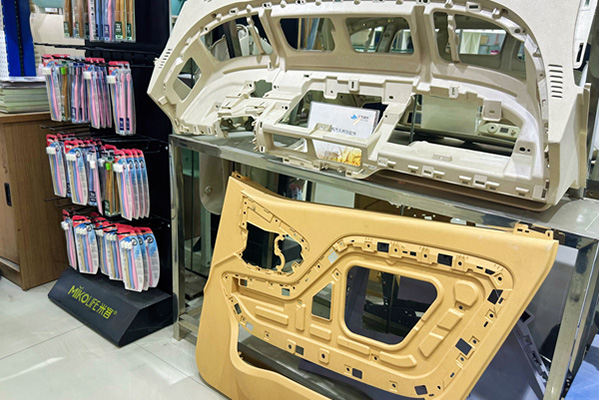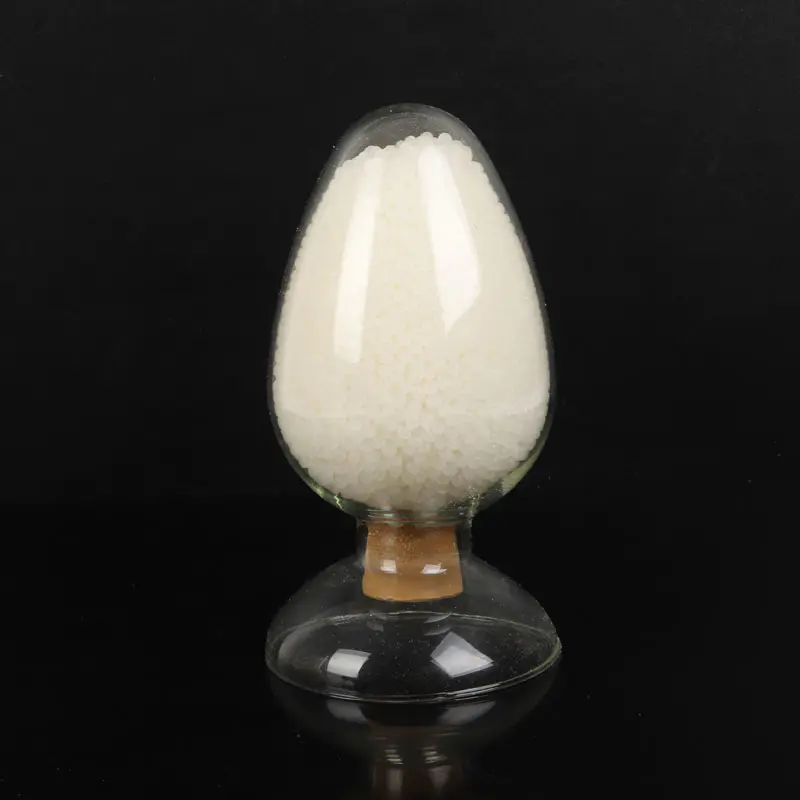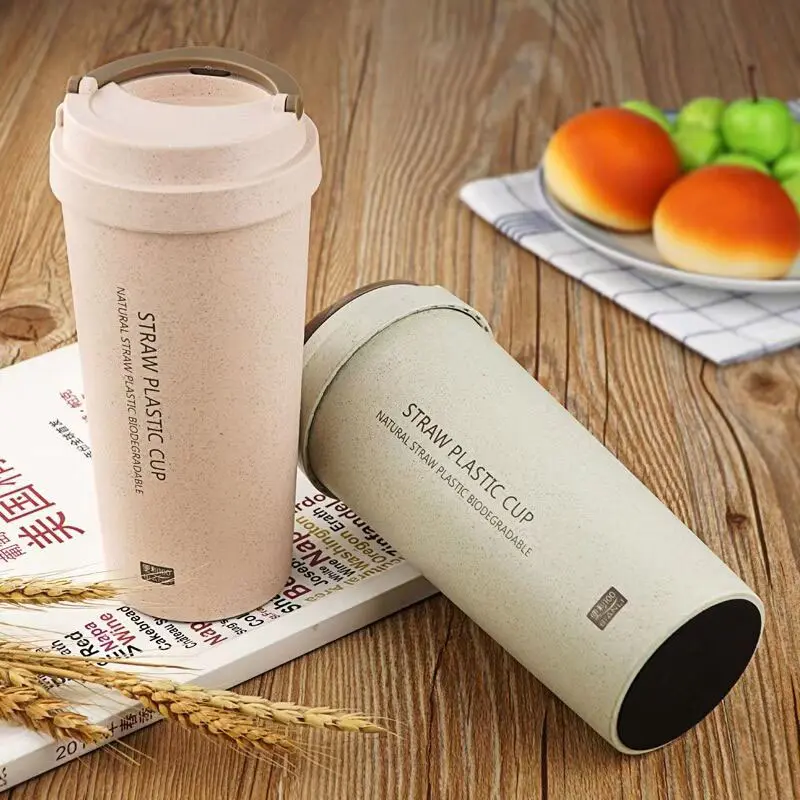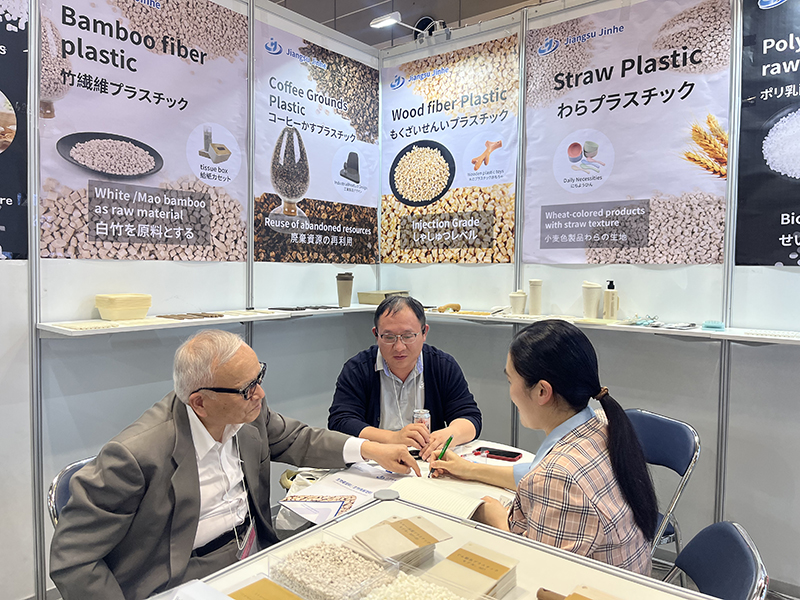Transformation of Straw
Resources placed in the wrong place are garbage, and garbage placed in the right place is a resource. Every summer and autumn, how to deal with a large amount of wheat and rice straw has become a problem. In Jiangsu, after the harvest of more than 35 million mu of wheat in the province, in addition to the mechanized return of large quantities of straw to the fields, the storage and utilization of off-field has gradually matured. These off-field straws are then diverted to different production scenes, and in agricultural enterprises, factory workshops, biomass power plants, etc., they have completed wonderful transformations again and again, and also achieved value enhancement again and again.
Transformation of Energy
"What is collected is straw, and what is sent out is electricity." After 10 years of deep cultivation in the thermal power generation industry, Li Jin, general manager of Suining County Changqing Biomass Energy Co., Ltd., knows the importance of fuel supply. In this year's summer harvest season, their fuel warehouse has been filled with straw.
In the power generation production workshop, bundles of straw are put into the crusher and crushed into 5-10 cm long "straw segments", mixed with waste wood boards, branch debris, etc., and sent to the conveyor belt and enter the combustion furnace. "The firepower boils the water, and the steam drives the turbine, which drives the generator to generate electricity." Listening to Li Jin's explanation of the principle of thermal power generation seems simple, but Li Jin has been studying how to use straw to generate electricity for nearly 6 years.
The key to turning straw into electricity is how to maximize the calorific value of combustion. This is also one of the directions that Li Jin leads the team to continue to overcome difficulties. "Although the calorific value of crop straw such as wheat is relatively low, when it is mixed with other hard materials such as trees, it can often be more fully utilized." After repeated laboratory tests and practical demonstrations, Li Jin found that the most scientific ratio of straw usage is 50%-80%.
In Li Jin's view, their company's daily average use of thousands of tons of raw materials is not a small number in the field of biomass power generation. She did some calculations. Gupi Town, where the power plant is located, is a large agricultural town with an area of more than 80,000 mu of cultivated land and produces about 27,000 tons of wheat straw in summer. "Even if we buy all the wheat straw produced in the town, we still can't meet the demand." Li Jin introduced that in 2023, the company will "eat" about 85,000 tons of straw, and the power plant will generate 230 million kWh of electricity. A month ago, the scope of their straw purchase expanded to many surrounding towns and villages. At that time, the scene of vehicles delivering straw queuing to enter the factory was very spectacular.
Here, the journey of a straw is not over. "Since straw power generation belongs to waste recycling, can the ash produced after straw burning be "reused"? " This seemingly sudden question, Li Jin has turned it into reality.
It turned out that a local cement brick company was trying to add biomass raw materials to cement. After Li Jin heard about it, the two sides hit it off. More than 100 tons of ash became the raw material of cement bricks every day, and the chain of circular economy was further extended.

In the exhibition hall of Jiangsu Jinhe High-tech Co., Ltd., new energy vehicle interior accessories using straw as raw materials are displayed.
Transformed into "Plastic"
In the memory of Wang Xingming, deputy general manager of Jiangsu Jinhe High-tech Co., Ltd. (hereinafter referred to as "Jinhe High-tech"), when he was a child, the village was always filled with black smoke from burning straw during the wheat harvest season. What he didn't expect was that the seemingly inconspicuous straw now has a great use in industry.
In 2011, Wang Xingming came to work in this company right after graduation, responsible for the purchase of rice and wheat straw. "We use about 4,000 tons of straw every year to process straw bio-based plastics."
In the raw material yard, the straw is turned into straw powder after removing impurities, crushing, grading and other procedures, and then transported to the production workshop.
Accompanied by the rumbling sound of machinery, the smell of wheat hits the face. "Straw is a plant fiber, which will rot when it encounters water and burn when it encounters high temperature. To turn it into industrial products, the most important step is to change its surface polarity and temperature resistance." Yan Wei, executive deputy general manager of the company, introduced.
After modification, straw powder needs to be compounded with high-molecular materials such as polypropylene, polyethylene, and polylactic acid to form straw bio-based plastics. "Among them, polylactic acid is a plastic extracted from starch. When '100% biodegradable' polylactic acid is combined with 'pure natural' straw powder, the environmental advantages will be greatly increased, saving petrochemical resources and helping the circular economy." Yan Wei said.
The compounded straw bio-based plastics are automatically packaged and stacked by robots and then sold to more than 100 local downstream factories.
Hangji Town, Yangzhou Ecological Science and Technology New Town, where Jinhe Hi-Tech is located, is famous for being the "capital of tourist products" and the "capital of toothbrushes". Here, fast-moving consumer goods represented by toothbrushes provide a suitable soil for the development of straw bio-based plastics.
From the Jinhe Hi-Tech factory, walk about 50 meters to Jiangsu Leisen Hotel Supplies Co., Ltd. Here, straw bio-based plastic raw materials, through a series of automated plastic production lines, have become toothbrush handles, "wheat fragrance cups", combs, floors, tables and chairs with wheat fragrance, plant texture, and controllable colors. The mechanical properties of these products are comparable to those of traditional plastic products.
"Straw plastics have also entered the field of new energy vehicle interiors, upgrading to more cutting-edge materials. This is a niche but very 'prosperous' track." Yan Wei said.













